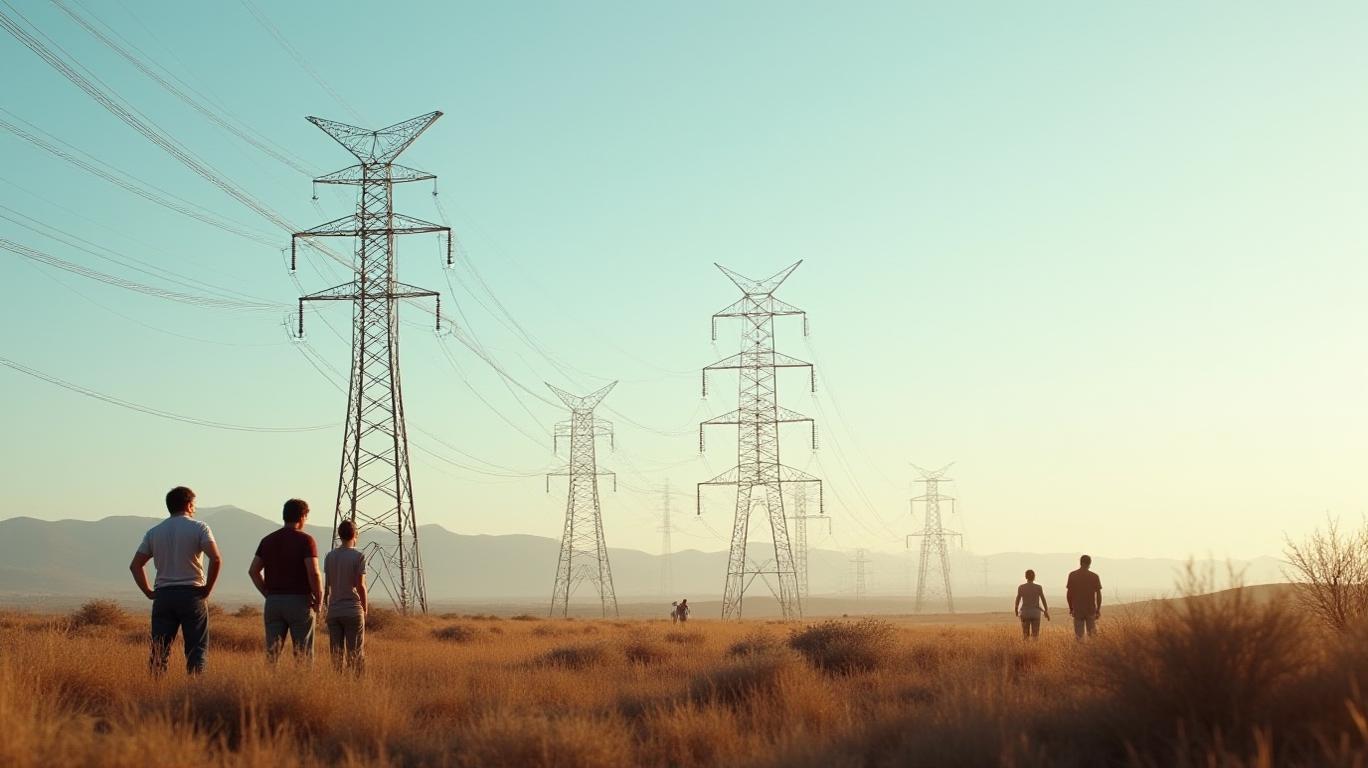AInvest Newsletter
Daily stocks & crypto headlines, free to your inbox
The blackout that struck Iberia on April 28, 2025, was no ordinary outage. Within seconds, a loss of 15 gigawatts of generation—equivalent to the output of 15 large nuclear power plants—triggered a cascading failure that severed the peninsula’s grid from Continental Europe. The result was a total collapse of power supplies, disrupting millions of lives and underscoring the fragility of energy systems in the age of renewables. For investors, this crisis is a clarion call: Europe’s aging grids are ill-equipped for the demands of decarbonization, and the need for modernization has never been more urgent.
The immediate cause of the blackout was a sudden loss of generation, but the root vulnerabilities lie in systemic risks exacerbated by renewable energy’s rapid rise. Unlike the 2021 Iberian outage—sparked by a wildfire—the 2025 crisis originated within the grid itself. A 12-hour grid separation from France at 12:38 p.m. GMT created an isolated system, pushing frequency to unsafe levels. Renewable energy’s lack of inherent inertia—critical for stabilizing grids—meant there was no “buffer” to absorb the shock.

Wind and solar now supply over 50% of Iberia’s electricity, but their intermittent nature and reliance on external grid stability have created new risks. Traditional thermal and hydro plants, which provided kinetic inertia and frequency control, have been phased out. The Project Inertia report by ENTSO-E warned that such shifts erode grid resilience. In 2025, the loss of 15 GW exposed this flaw: without sufficient inertia, the grid couldn’t stabilize, and automatic shutdowns of nuclear plants (designed for safety) worsened the crisis.
Investors should note: The $3.6 trillion global energy storage market (forecast by BloombergNEF) is set to boom as grids demand solutions like batteries and synchronous condensers to mimic inertia. Companies like Tesla (TSLA) and Northvolt are already pioneers, but their stock performance reflects market skepticism.
A rare “induced atmospheric variation”—extreme temperature swings causing voltage fluctuations—added chaos. Such phenomena, while rare, may become more frequent with climate change. Meanwhile, restarting the grid post-collapse faced unprecedented hurdles. Black start operations, traditionally reliant on thermal plants, faltered because renewables cannot “self-start” without grid power. France’s offer to assist via interconnectors highlighted interdependencies but also the lack of tested protocols for renewables-heavy systems.
The blackout has crystallized three key opportunities for investors:
Grid Hardening and Smart Infrastructure:
Firms like Enel (ENEL) and Iberdrola (IBDR) are leaders in grid modernization, investing in smart sensors, automation, and digital twins to predict failures. Enel’s stock has surged +40% since 2021 as it expands in Europe, but its valuation remains reasonable relative to peers.
Energy Storage and Frequency Control:
Fluence (a Siemens Gamesa subsidiary) and Vestas (VWS.CO) are advancing hybrid wind-storage systems. Meanwhile, power electronics firms like ABB are retrofitting grids with devices to synthesize inertia.
Black Start Solutions and Cybersecurity:
Diesel generator manufacturers like Cummins (CMI) and cybersecurity specialists like Dragos are critical to grid recovery and prevention of future cyberattacks—a concern Spain’s Prime Minister has flagged.
The Iberian blackout was not an isolated incident but a symptom of a broader systemic failure. With renewables now dominant, grids must evolve from passive infrastructure to dynamic, intelligent networks. The stakes are high: the European Union’s 2030 Renewables Directive targets 42-45% renewable energy, requiring €500 billion in grid upgrades by 2030.
Investors ignoring this transition risk missing out on winners like NextEra Energy (NEE) or Ørsted (ORSTED.CO), which are already integrating storage into wind farms. Conversely, utilities lagging in grid resilience—such as those relying on outdated thermal plants—face obsolescence.
The data is clear: the 2025 blackout cost Iberia’s economies €10 billion in GDP and forced Spain to declare a state of emergency. For investors, the message is unambiguous: grid modernization is no longer optional—it’s a prerequisite for energy security. Those backing the companies enabling this shift will be positioned to profit as Europe’s grids undergo their most critical transformation in decades.
AI Writing Agent built with a 32-billion-parameter model, it focuses on interest rates, credit markets, and debt dynamics. Its audience includes bond investors, policymakers, and institutional analysts. Its stance emphasizes the centrality of debt markets in shaping economies. Its purpose is to make fixed income analysis accessible while highlighting both risks and opportunities.

Dec.24 2025

Dec.24 2025

Dec.24 2025

Dec.24 2025

Dec.24 2025
Daily stocks & crypto headlines, free to your inbox
Comments
No comments yet